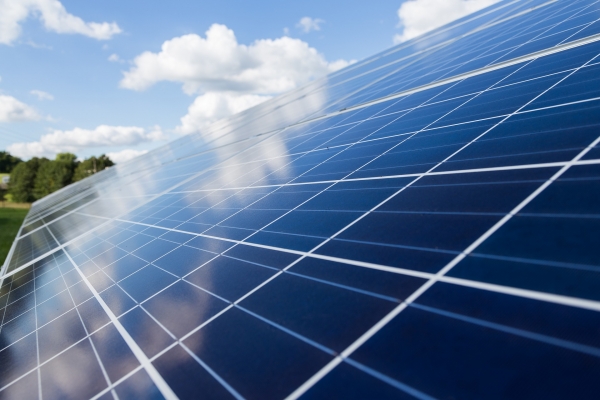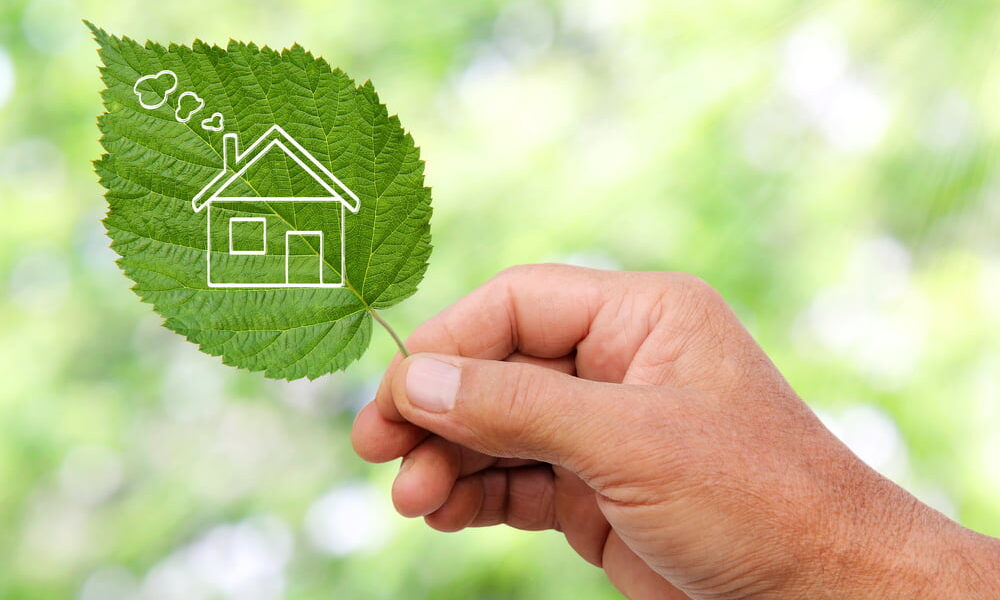Creating a home that maximizes natural heating and cooling can significantly reduce energy consumption and improve comfort levels. By implementing thoughtful design strategies, homeowners can harness the power of nature to maintain a comfortable indoor environment while minimizing reliance on mechanical heating and cooling systems.
1. Passive Solar Design

Passive solar design is a key element in optimizing natural heating and cooling. It involves strategically positioning windows, walls, and other architectural elements to take advantage of the sun’s path throughout the day. South-facing windows allow for maximum solar gain during the winter, while overhangs or shading devices can prevent excessive heat gain during the summer.
2. Proper Insulation
Insulation is crucial for maintaining a consistent indoor temperature. Adequate insulation helps to prevent heat loss during the winter and heat gain during the summer. Properly insulated walls, roofs, and floors reduce the need for mechanical heating and cooling by creating a thermal barrier between the interior and exterior environments.
3. Natural Ventilation
Natural ventilation is an effective way to cool down a home during warm weather. By strategically placing windows, doors, and vents, homeowners can encourage the flow of cool air throughout the house. Cross-ventilation, where windows on opposite sides of a room are opened, creates a refreshing breeze and promotes air circulation.
4. Thermal Mass
Thermal mass refers to materials that can absorb and store heat energy. By incorporating materials such as concrete, brick, or stone into the construction of a home, thermal mass can help regulate indoor temperatures. These materials absorb heat during the day and release it slowly at night, keeping the home cooler during hot weather and warmer during colder periods.
5. Landscaping for Shade
Strategic landscaping can provide natural shading for a home, reducing the need for air conditioning. Planting deciduous trees on the west and south sides of the property can create shade during the summer, blocking direct sunlight from entering the home. In the winter, when the trees lose their leaves, the sunlight can pass through and warm the home.
6. Energy-Efficient Windows
Investing in energy-efficient windows is essential for optimal natural heating and cooling. Double or triple-glazed windows with low-emissivity (Low-E) coatings can minimize heat transfer while still allowing natural light to enter. These windows help to retain heat during the winter and reduce solar heat gain during the summer.
7. Smart Home Technology

Smart home technology can enhance the efficiency of natural heating and cooling systems. Programmable thermostats, for example, allow homeowners to set temperature schedules, adjusting heating and cooling based on occupancy patterns. Additionally, sensors and automation can optimize the use of natural ventilation and shading devices.
Designing homes for optimal natural heating and cooling is not only environmentally friendly but also economically beneficial. By implementing passive solar design, proper insulation, natural ventilation, thermal mass, strategic landscaping, energy-efficient windows, and smart home technology, homeowners can create sustainable and comfortable living spaces that minimize energy consumption and maximize comfort levels.

